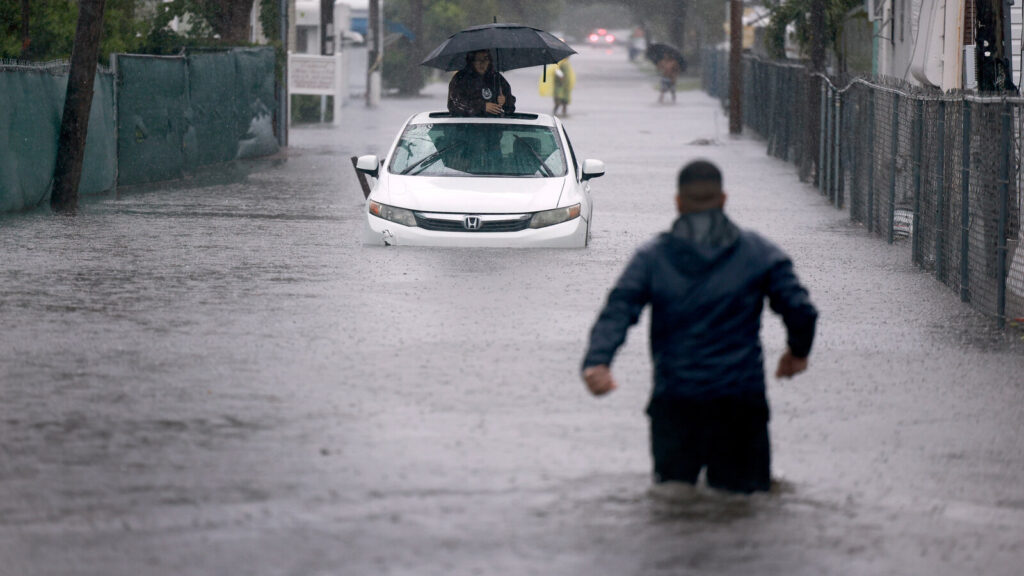Overnight storms have triggered widespread flash flooding across Florida’s eastern coast, impacting cities from Jacksonville to Palm Beach, according to The Weather Channel. The intense rainfall, exceeding 12 inches in some areas, has submerged streets, stranded vehicles, and prompted emergency crews to perform numerous water rescues.
Flooding Disrupts Transportation and Daily Life
Major highways and local roads remain under water, causing severe disruptions to commuting and emergency services. Authorities have advised residents to avoid travel and remain indoors until floodwaters recede. Several counties have opened temporary shelters for residents displaced by rising waters.
Storm System and Meteorological Insights
Meteorologists report that the severe weather system formed rapidly along a moisture-rich front, producing torrential downpours, strong winds, and frequent lightning overnight. The National Weather Service (NWS) issued multiple flash flood warnings as rivers, drainage systems, and urban infrastructure became overwhelmed.
“This level of rainfall in such a short time is extraordinary. Urban flooding has become a major hazard along Florida’s coastal corridor,” said a meteorologist with The Weather Channel.
Impact on Homes and Utilities
Floodwaters have entered homes and businesses in low-lying areas, while power outages have been reported in parts of Daytona Beach, St. Augustine, and Fort Lauderdale. Emergency services continue to monitor affected neighborhoods and conduct rescues where necessary.
Ongoing Risks and Precautions
Forecasters warn that additional scattered storms may continue into Tuesday, keeping flood risks high across already saturated ground. Residents are urged to stay updated on official weather alerts, avoid flooded roads, and follow instructions from local authorities.

